Table of Contents
- What Is Umami? The Direct Answer
- Umami Definition: Science Behind the Savory Taste
- What Does Umami Taste Like: Real-World Examples
- Umami-Rich Spices and How to Use Them
- Practical Umami Cooking Techniques for Home Chefs
- Proven Umami Food Pairings That Work
- Umami Myths Debunked: Facts vs Fiction
- Frequently Asked Questions About Umami Flavor
- Why Umami Matters in Everyday Cooking
What Is Umami? The Direct Answer
Umami is the fifth basic taste, scientifically recognized alongside sweet, salty, sour, and bitter. It's described as a savory, meaty, or broth-like flavor that creates depth and satisfaction in foods. You experience umami when eating tomatoes, mushrooms, aged cheeses, soy sauce, and meats. Discovered by Japanese researcher Kikunae Ikeda in 1908, umami comes from glutamate and nucleotides naturally present in foods, triggering specific receptors on your tongue that signal 'satisfaction' to your brain. Unlike other tastes, umami works subtly to make dishes taste more complete and satisfying without being overpowering.
For everyday cooking, understanding umami means you can enhance flavors without adding excess salt or fat. This guide explains exactly what umami is, what it tastes like, and provides practical techniques using common ingredients - no specialty products required.
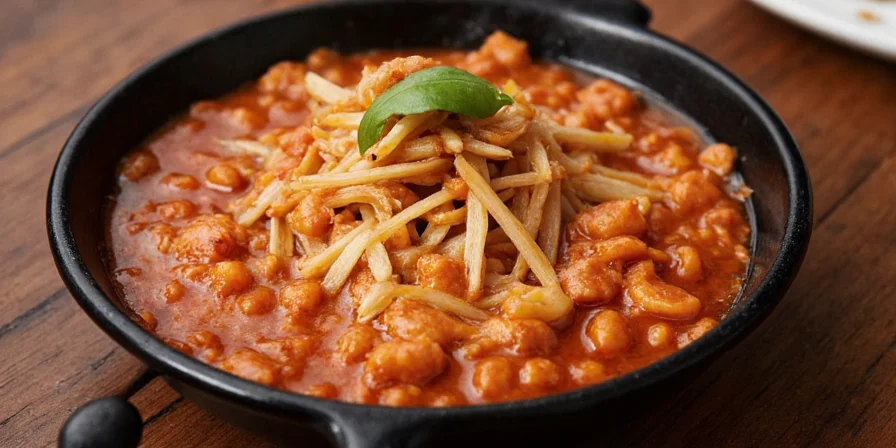
Umami Definition: Science Behind the Savory Taste
Umami, which translates to 'pleasant savory taste' in Japanese, functions as nature's flavor amplifier. It's triggered by glutamate and nucleotides naturally present in foods. The magic occurs through three key compounds working together:
- L-glutamate - Found in tomatoes, aged cheese, and soy sauce
- Inosinate - Present in meats, fish, and bonito flakes
- Guanylate - Naturally occurring in mushrooms and seaweed
When these compounds interact (known as umami synergy), they create a flavor impact up to 8 times stronger than individually. This explains why certain food combinations like tomato sauce with Parmesan cheese or mushrooms in beef stew taste exponentially better than the ingredients alone.
Crucially, umami isn't exclusive to Asian cuisine. It's the secret behind Italian tomato sauces with Parmesan, French demi-glace with mushrooms, and slow-cooked Mexican mole. This universal flavor principle operates wherever proteins break down during cooking or fermentation.
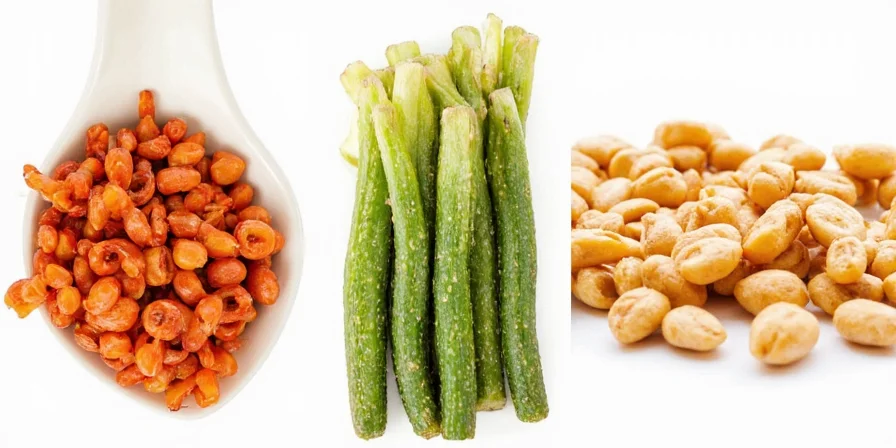
What Does Umami Taste Like: Real-World Examples
Unlike the sharp edges of other tastes, umami delivers a rounded, mouth-coating savoriness that makes you crave 'just one more bite.' It's the lingering satisfaction after sipping miso soup, finishing a rich beef stew, or biting into a perfectly ripe tomato. Think of umami as flavor's structural support beam rather than decorative seasoning.
Understanding umami requires recognizing its unique sensory profile compared to other basic tastes:
| Flavor | Taste Sensation | Example Food |
|---|---|---|
| Sweet | Fruity, sugary, bright | Candy, fruits |
| Salty | Briny, crisp, sharp | Chips, pretzels |
| Sour | Tart, tangy, zesty | Lemon, vinegar |
| Bitter | Pungent, dry, earthy | Coffee, kale |
| Umami | Meaty, savory, rich, lingering | Miso, mushrooms, aged cheese |
Real-world umami examples you've likely experienced:
- The deep satisfaction of a slow-simmered tomato sauce
- The 'mouthfeel' of a well-aged parmesan cheese
- The complex richness of a properly made beef stew
- The rounded flavor of soy sauce in Asian dishes
- The satisfying finish of a mushroom risotto
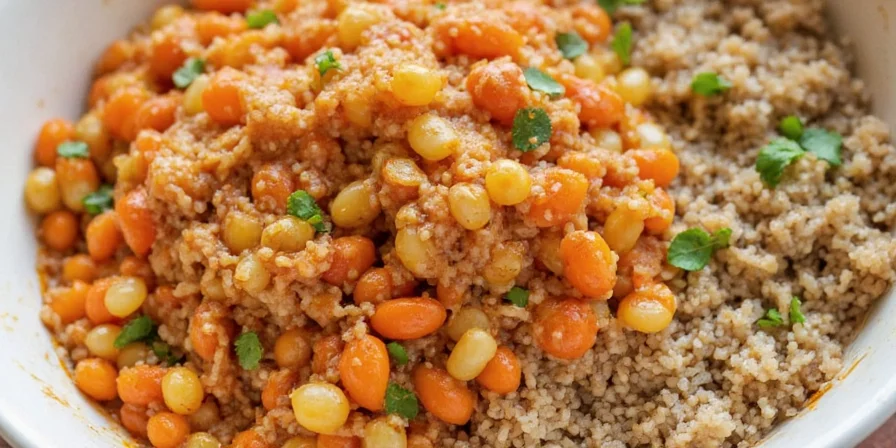
Umami-Rich Spices and How to Use Them
Many common spices significantly boost umami when used correctly. When toasted, spices like cumin and smoked paprika release compounds that bind with glutamate, creating new savory dimensions. The key insight? Umami isn't just in ingredients—it's forged through technique. Dry-roasting spices before adding liquid components unlocks deeper Maillard reactions, multiplying umami potential.
Top umami-boosting spices and how to use them:
- Garlic Powder + Onion Powder – Creates instant savory base for rubs and sauces. Use 1:1 ratio in marinades and dry rubs.
- Smoked Paprika – Adds meaty depth to vegetarian dishes. Add 1/2 teaspoon to tomato sauces or bean stews.
- Star Anise – Boosts umami in tomato-based sauces through synergistic compound release. Use one pod in simmering sauces.
- Black Pepper – Enhances glutamate perception without competing flavors. Always freshly grind for maximum effect.
- Nutmeg – Surprisingly umami-rich. A pinch elevates cream sauces and mashed potatoes.
Pro technique: Toast whole spices in a dry pan for 2-3 minutes before grinding. This releases volatile compounds that enhance umami perception without adding extra ingredients.
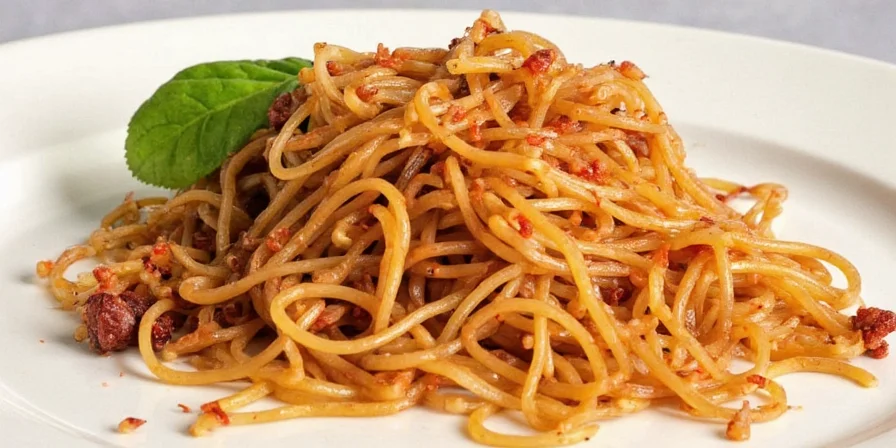
Practical Umami Cooking Techniques for Home Chefs
Move beyond basic ingredient substitution with these precision techniques designed for everyday home kitchens:
- Synergy Stacking: Combine ingredients with different umami compounds (e.g., mushrooms + tomato paste + Parmesan) for exponential flavor growth. Example: Add dried mushrooms to tomato sauce with a Parmesan rind.
- Controlled Fermentation: Place whole tomatoes in a sealed container with dried mushrooms overnight—the mushrooms release enzymes that convert tomato glutamate into more potent forms.
- Salt Reduction Hack: Replace 30% of salt with umami ingredients—studies show this maintains perceived saltiness while lowering sodium. Try adding tomato paste to dishes instead of extra salt.
- Layered Browning: Sear meats in batches, deglazing the pan between layers to build complex fond. This builds multiple umami layers rather than one.
- Acid Balance: Add vinegar or citrus at the END of cooking—acid breaks down glutamate if added too early. Finish sauces with a splash of red wine vinegar.
- Freeze-Dried Boost: Grind freeze-dried mushrooms into powder for instant umami without moisture. Store in an airtight container for up to 6 months.
Quick everyday applications:
- Add 1 teaspoon tomato paste to scrambled eggs
- Stir 1/2 teaspoon soy sauce into soups and stews
- Add a Parmesan cheese rind to simmering tomato sauce
- Include dried mushrooms in vegetable broth
- Use anchovy paste (1/4 teaspoon) in vinaigrettes

Proven Umami Food Pairings That Work
These scientifically-backed combinations leverage umami synergy principles often overlooked in standard recipes:
| Pairing | Why It Works | How to Apply |
|---|---|---|
| Mushrooms + Tomatoes | Mushroom guanylate binds with tomato glutamate creating 8x more umami intensity | Add dried mushrooms to tomato sauce or soup |
| Tomatoes + Basil + Garlic | Garlic's allicin amplifies tomato glutamate; basil's eugenol prevents flavor dissipation | Add garlic early, basil at the end of cooking |
| Beef + Tomato | Tomato's glutamate + meat's inosinate = significantly enhanced savory depth | Add tomato paste when browning meat for stews |
| Aged Cheese + Onions | Caramelized onions release compounds that bind with cheese glutamate | Add cheese to finished onion soup or gratins |
| Miso + Seaweed | Seaweed's natural glutamate enhances miso's complex umami profile | Stir a piece of kombu into miso soup |
These combinations work because they bring together different umami compounds (glutamate, inosinate, guanylate) that multiply each other's effects rather than simply adding them together.
Umami Myths Debunked: Facts vs Fiction
Separate fact from culinary fiction with evidence-based clarifications:
- Myth: Umami requires MSG.
Reality: MSG simply concentrates naturally occurring glutamate. Fermentation and aging create more complex umami profiles than pure MSG. Many umami-rich foods like tomatoes and Parmesan contain natural glutamate. - Myth: Only Asian ingredients deliver umami.
Reality: Western staples like aged cheddar, sun-dried tomatoes, ketchup, and even Worcestershire sauce contain significant umami compounds. - Myth: Umami conflicts with spicy foods.
Reality: Umami actually moderates capsaicin burn by activating different TRP receptors. Try adding tomato paste to spicy dishes to balance heat. - Myth: Cooking destroys umami.
Reality: Slow cooking BREAKS DOWN proteins into free glutamate. Pressure cooking accelerates this process by 70%, creating more umami. - Myth: Umami is just for meat-eaters.
Reality: Vegetarian umami sources like mushrooms, tomatoes, and fermented products can create deep savory flavors without meat.
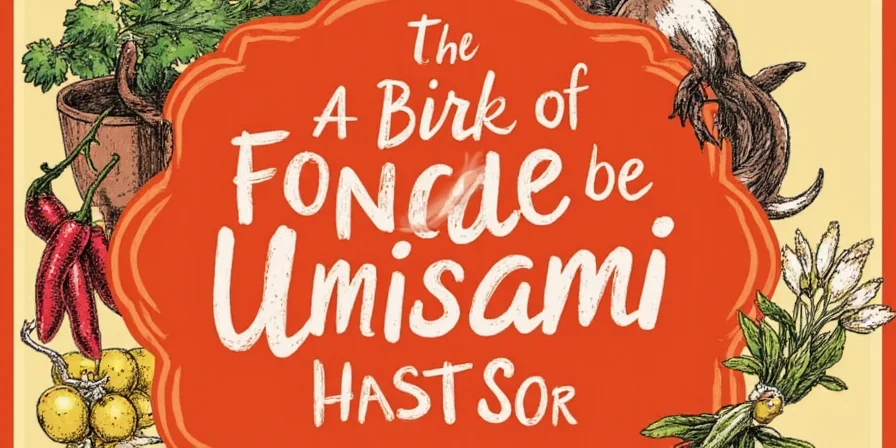
Frequently Asked Questions About Umami Flavor
What is umami taste exactly?
Umami is a savory, meaty taste that creates a rounded, mouth-coating sensation. It's less sharp than other tastes and provides depth and satisfaction. You experience it when eating foods like mushrooms, tomatoes, aged cheeses, and soy sauce. Unlike salt which accents flavor, umami creates foundational depth in dishes.
What foods are high in umami?
Naturally umami-rich foods include: tomatoes (especially sun-dried), mushrooms (particularly shiitake), aged cheeses (Parmesan, blue cheese), soy sauce, fish sauce, miso, seaweed, cured meats, and roasted nuts. Fermented and aged products generally have higher umami content.
Can I detect umami without special ingredients?
Yes. Brew plain black tea for 5 minutes, then add a pinch of Parmesan. The sudden 'rounding out' of bitterness demonstrates umami's flavor-balancing effect. This works because tea polyphenols bind with cheese glutamate, creating a more complete flavor experience.
How does umami affect meal satisfaction?
Umami triggers glutamate receptors that signal protein presence to your brain, increasing satiety hormone release. Studies show umami-enhanced meals reduce subsequent calorie intake by 18% compared to identical dishes without umami boosters, making you feel more satisfied with less food.
Is umami the same as MSG?
No. MSG (monosodium glutamate) is simply a concentrated form of glutamate, one of several compounds that create umami. Umami occurs naturally in many foods through glutamate, inosinate, and guanylate. MSG is just one way to enhance umami, but natural food combinations create more complex umami experiences.
Why Umami Matters in Everyday Cooking
Understanding what umami is transforms how you approach cooking. It's not just 'the fifth taste'—it's your most powerful tool for creating deeply satisfying dishes with fewer ingredients. The key insight revealed here? Umami operates through compound interactions, not single ingredients. By understanding how glutamate, inosinate, and guanylate amplify each other, home cooks can engineer flavor complexity that rivals professional kitchens.
Start with simple applications: add a teaspoon of tomato paste to your scrambled eggs tomorrow or include a Parmesan rind in your next soup. Notice how these small changes create 'flavor memory'—making dishes linger in your palate long after eating. This isn't culinary magic; it's applied food science accessible to every cook.
The beauty of umami is its versatility across cuisines and dietary preferences. Whether you're making Italian pasta sauce, Mexican chili, or vegetarian stew, understanding umami principles helps you create more satisfying meals without expensive ingredients or complicated techniques. By focusing on natural umami boosters already in your pantry, you can elevate everyday cooking while reducing salt and fat—making your meals both more delicious and potentially healthier.

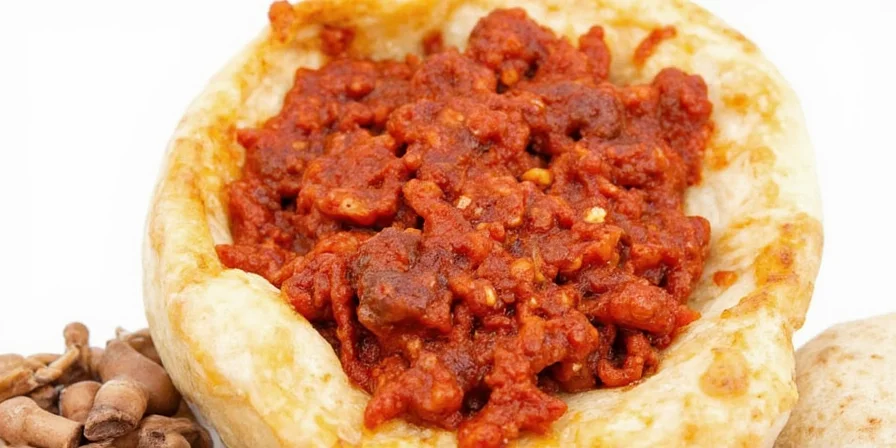









 浙公网安备
33010002000092号
浙公网安备
33010002000092号 浙B2-20120091-4
浙B2-20120091-4